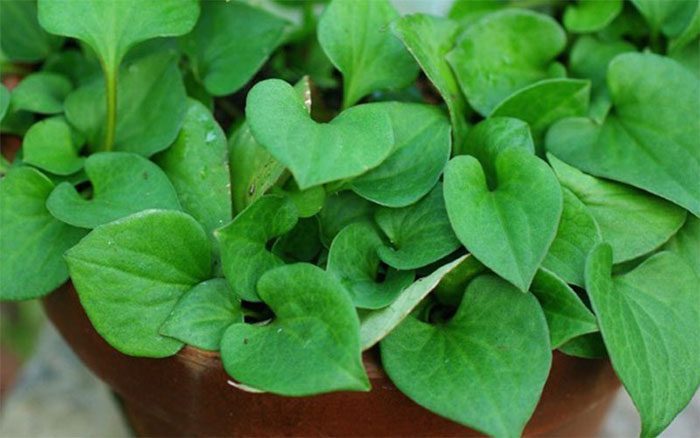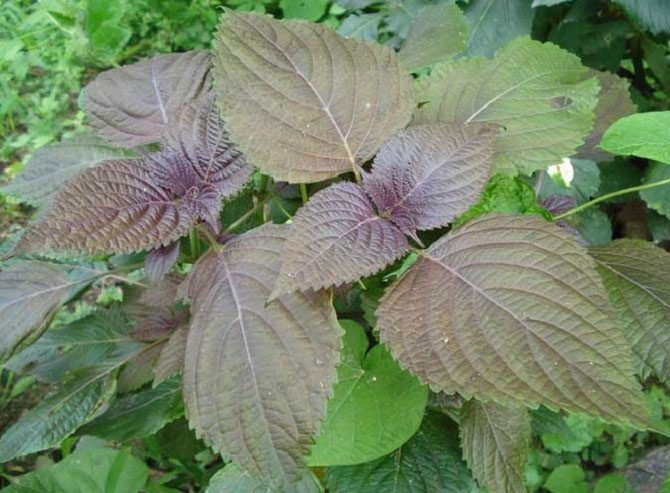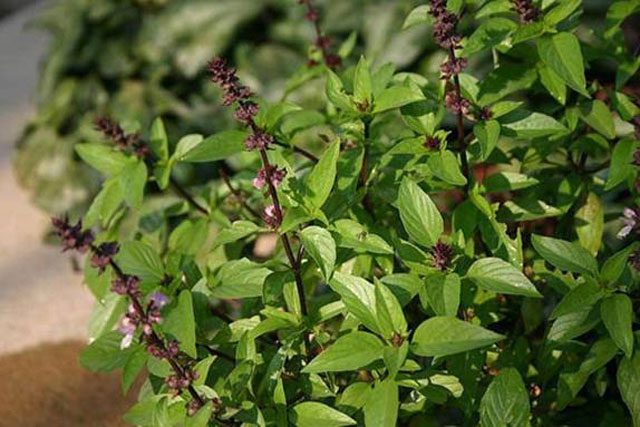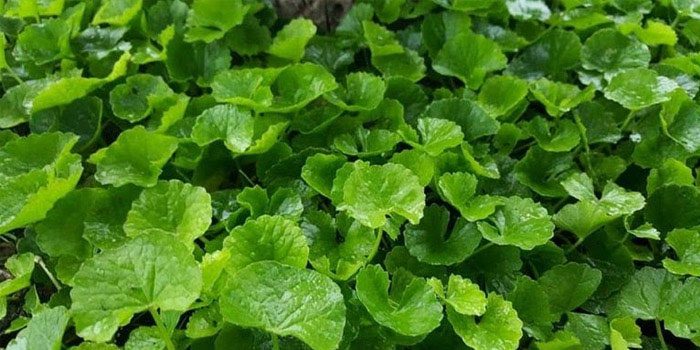Some types of plants in your home garden can effectively reduce fever, suitable for both children and adults. However, in cases of high fever, medication is still the preferred choice.
Fever is a temporary increase in body temperature. It is part of the overall response from the body’s immune system. Fever is often caused by infections. For mild fevers below 38.5 degrees Celsius, people can use various leaves from their home gardens to lower their fever.
Some vegetables commonly included in daily diets can help effectively reduce fever. However, these are traditional remedies, so it is advisable to consult with a doctor before applying them.
Reducing Fever with Fish Mint (Houttuynia cordata)

Fish mint is a common herb in daily meals. It is highly nutritious, containing vitamins A, calcium, protein, fats, minerals, fiber, and iron.
Notably, fish mint has anti-inflammatory properties due to its antibiotic component, decanoyl-acetaldehyde. According to traditional Chinese medicine, this herb has cooling properties and affects the liver and lung meridians, making it effective in reducing fever.
Reducing Fever with Perilla Leaves (Perilla frutescens)

Perilla not only enhances the flavor of dishes but is also a medicinal herb. The leaves, stems, and seeds are used for medicinal purposes. Perilla is utilized to support the treatment of ulcers, respiratory diseases, stomach issues, and other conditions.
Perilla contains compounds that can reduce swelling and symptoms of asthma and allergies. Some chemicals in perilla may kill cancer cells.
Furthermore, according to traditional Chinese medicine, perilla has warming properties, a spicy taste, and acts to expel wind and cold, affecting the lung, heart, and spleen meridians, making it effective in reducing fever and relieving colds.
Reducing Fever with Basil (Ocimum basilicum)

Basil has a spicy flavor and distinctive aroma, widely used in various dishes. It contains many antioxidants, providing benefits such as combating viruses, bacteria, and fungi, and helping to reduce inflammation in the body. Thus, this herb can help lower fever and alleviate cold symptoms like a dry cough.
Additionally, basil has the effect of lowering blood pressure, relaxing the mind, and reducing high blood sugar levels.
Reducing Fever with Centella Asiatica (Gotu Kola)

According to traditional Chinese medicine, centella asiatica has a slightly bitter, sweet taste and a cooling property that helps clear heat, detoxify, promote urination, and treat boils and constipation… especially effective in quickly reducing fever.
In addition to its fever-reducing properties, centella asiatica also offers numerous health benefits, such as:
- Supporting the treatment of stomach ulcers and urinary tract infections
- Enhancing liver health
- Accelerating wound healing due to its antibacterial properties
- Having anti-inflammatory properties that can treat arthritis
- Beneficial for digestion and preventing constipation
Note
Some “home garden” plants can effectively reduce fever. However, to ensure health safety and avoid dangerous complications, everyone should note:
- Only apply fever-reducing methods using these plants for mild fevers. In cases of fever above 38.5 degrees Celsius, medication should be used for quick relief, especially for children with a history of seizures.
- Some individuals may be allergic to the plants used for fever reduction. Therefore, if symptoms such as itching, hives, or difficulty breathing appear, discontinue use and visit a hospital for examination.
In addition to traditional remedies or using fever-reducing medications, people can combine other measures for quick relief:
- Sleeping or resting in bed can effectively help lower body temperature, as the central body temperature naturally drops slightly during sleep.
- Drinking plenty of water to prevent dehydration, especially when fever often leads to increased fluid loss.
- Wearing lightweight clothing to help the body dissipate heat.
Important Notes When Using Fever-Reducing Medications for Children



















































